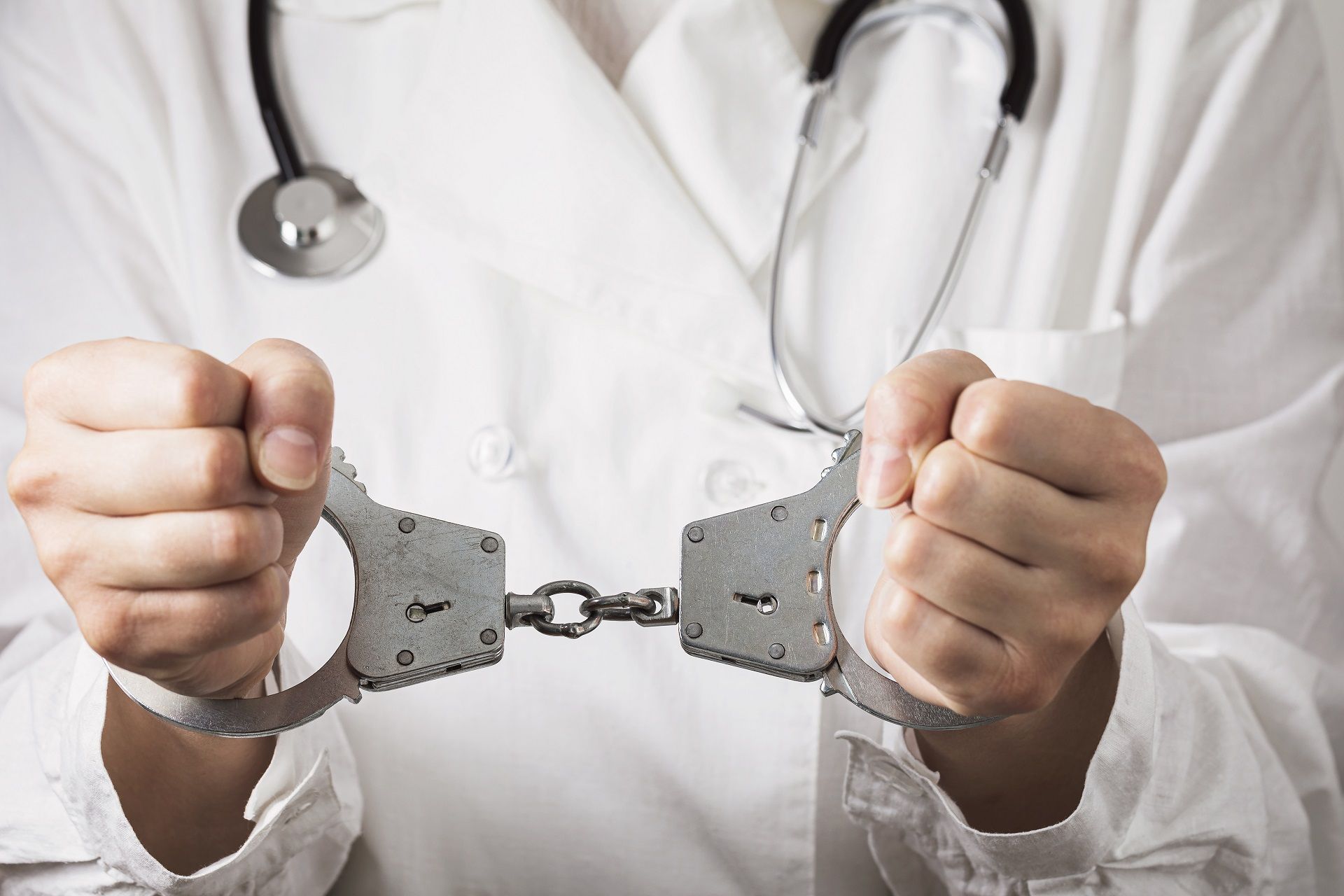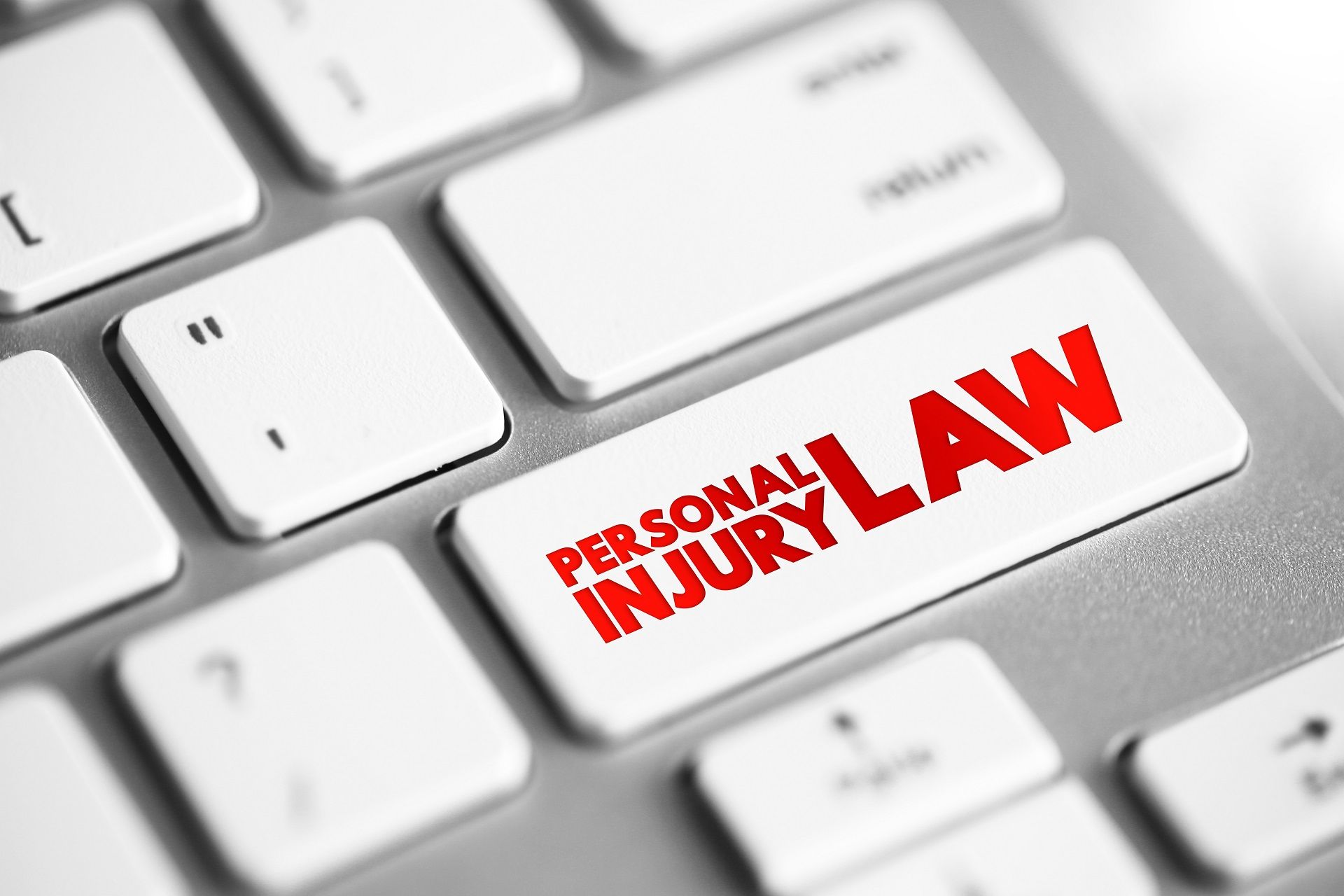What Is Demonstrative Evidence?

In personal injury cases, you can be forgiven for thinking that physical evidence matters most. What most people tend to forget is that this evidence still needs to be presented to a jury, in which regular people sit. That means even in rock-solid cases, if the arguments your legal counsel makes are confusing the jury, you might end up losing the case.
That’s why, to simplify the facts and turn complex evidence into digestible narratives, attorneys often use visual litigation aids and oral presentations. These form what’s known as demonstrative evidence.
Here at
OAS, we’ve been offering life care planning and vocational expert services to many litigants over the last 30 years. In each case, we
used demonstrative evidence along with real evidence to present a clear picture of the case matters to great effect, and often, it was testimony by our experts that tipped the odds in our client’s favor.
In today’s article, we’ll explain what is demonstrative evidence, describe how it differs from real evidence, and show you just how they work together to build a winning case.
Definition of Demonstrative Evidence
So what is demonstrative evidence? The broad definition is that it’s a visual that assists in illustrating a legal argument or a complex fact. Due to the fact that demonstrative evidence is mainly focused on supporting real evidence and factual information, its admissibility rate is generally very high.
For instance, if your case requires medical expert testimony if the exhibit is accurate, the expert can use demonstrative aid such as an anatomical model in court to explain how the injury occurred. To be admissible into evidence, the demonstrative aid must be anatomically correct.
Let’s make the definition clearer by providing a few examples of what is demonstrative evidence:
- Timelines, charts, and graphs
- Enhanced photographic evidence
- Video analysis
- Product models
- Legal graphics
- Medical 3D or 2D animations
- Accident reconstruction animation and models
All of the tools outlined above can help support your case as the expert or your attorney will use these aids to clarify the importance of the evidence in your case. In other words, it provides a visual representation of what testimonials and physical evidence are showing.
For example, in a personal injury case, you may
hire a vocational expert to help demonstrate just how much an injury affected your employability. Pure testimony is something that an audience might forget, but a pie chart may help them clearly see the financial impact of your injury on your earnings and the underlying vocational challenge.
Definition of Real Evidence
Now that we’ve described what is demonstrative evidence, we can move on to real evidence - which is straightforward.
Real evidence includes tangible objects that are connected to what occurred. In the context of litigation, real evidence can be anything from recordings to tools, pieces of machinery, or otherwise, any other object connected to the main incident in the case.
It’s also worth mentioning that these two terms aren’t mutually exclusive - sometimes physical objects can be used as demonstrative evidence, for example photographs, or video material.
This category also includes sound recordings, photographs of injuries, X-rays, and so on.
If you need a simple method of differentiating between the two, you can look at the way evidence describes the facts. When a particular object or material is in direct relationship with a certain point in the case and it can be authenticated, it is mainly considered real evidence.
Alternatively, if a particular object mainly serves the purpose of enhancing the comprehension of the events in a case or describes the narrative, it’s considered demonstrative evidence.
How Both Types of Evidence Help Paint The Full Picture
Since they share many similarities, evidence of both types can be used as a powerful fact-telling tool and they work best when combined together. Since pieces of information often exist separately but still carry substantial implications, when combined into a singular exhibit, they help provide a complete account of the matters in the case.
Let’s say you have a case involving a car accident in which a sandstorm in conjunction with inappropriate speed led to a crash. Since both the speed and the weather conditions caused the accident, the defense team can use accident recreation in which factual data and information are provided by experts to explain how the plaintiff was also partially responsible for the accident.
While it’s possible to use only real evidence such as photos of the scene and physical debris, that would only provide a partial explanation. However, a 3D animation that accounts for factors such as lighting, visibility, and the density of sand, provided the only realistic recreation possible that supported the defendant’s claims.
Admissibility of Demonstrative Evidence
All evidence is subject to admissibility regulation, and any demonstrative evidence must be relevant and prejudice-free. In other words, it must provide an accurate representation of the facts.
Take our previous example, if that reconstruction is to be admissible, it must be produced by an experienced animation studio that created the animation using factual data provided by experts.
Producing demonstrative evidence can sometimes come with a hefty price tag. For instance, an animation not only involves a studio but also a variety of experts that all need to be paid. However, if the case is dealing with substantial damages, in most cases, it’s worth it.
For instance, some attorneys are unwilling to retain a vocational expert at the detriment of their case, even though such a professional can not only provide valuable testimony but can also put together eye-catching demonstrative evidence.
Leave Nothing to Chance
As an effective method of boosting the already existing facts of the case, demonstrative evidence should be planned out from the very beginning - especially in cases that are hard to understand for the general public.
Just a simple graphic can enhance the jury’s understanding of complex facts, and as such they can flip the odds in your favor.
If you’re involved in a case where documenting damages and clarifying the impact of certain events on your employability, we can help.
As one of the biggest providers of
life care planning and vocational services on the national scene, we have the expertise and the expertise to boost your case by clearly presenting complex numbers and staff to the jury. After all, we’ve been in this for years, and we know how to craft demonstrative evidence that will lead to the best results in your case.
Fill out
our contact form to book an appointment now and leave nothing to chance!
RECENT POSTS
CONTACT US
We will get back to you as soon as possible.
Please try again later.
Evaluation Request
Contact Us
We will get back to you as soon as possible.
Please try again later.
Contact
Contact Us
We will get back to you as soon as possible.
Please try again later.
All Rights Reserved.
This website is managed by Oamii.







